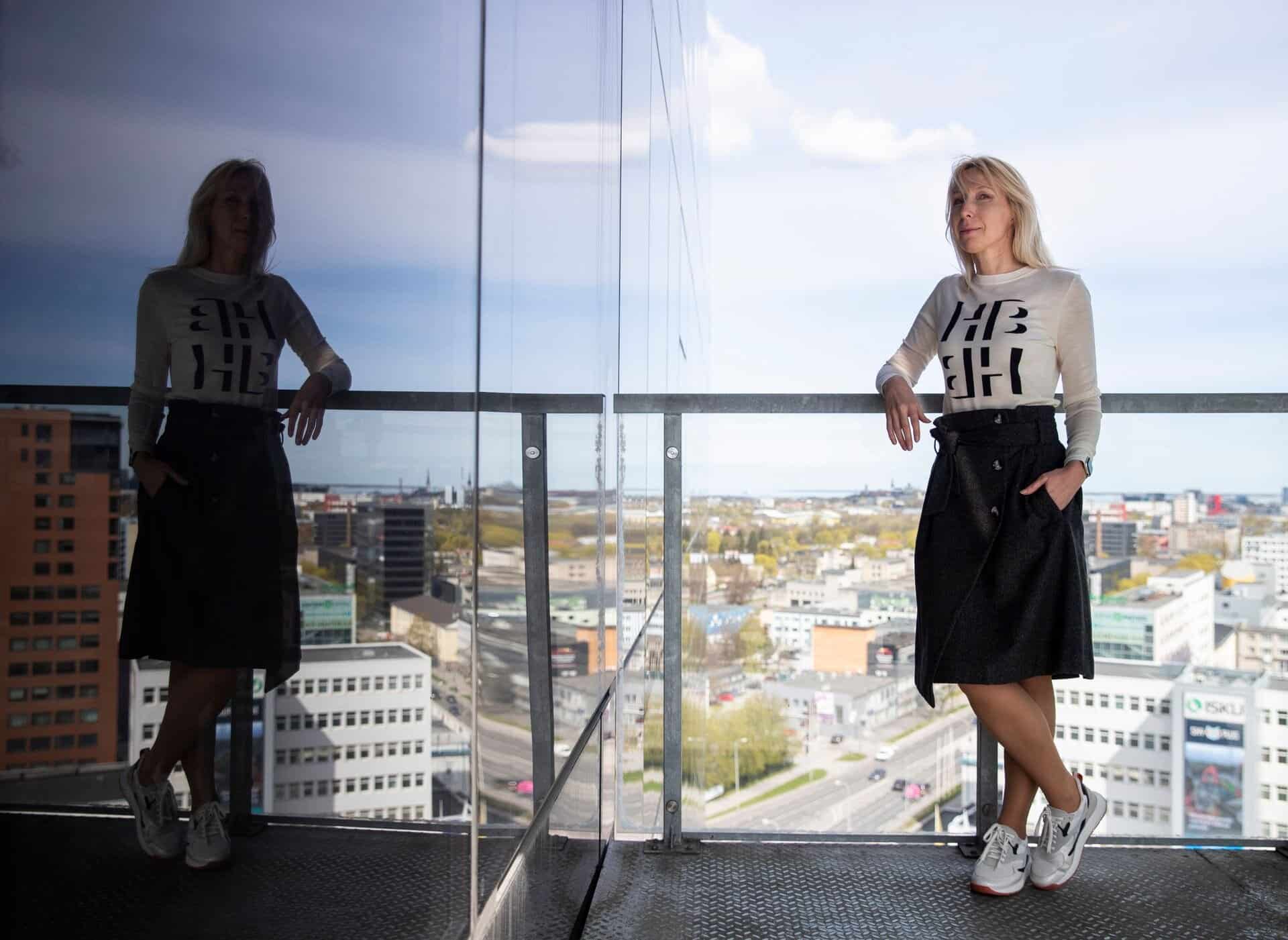
The "whining" of e-invoices from thousands of businesses must finally disappear. Manually inputting invoices or moving a pdf invoice to a digital document does not create added value for any business. If the majority of invoices were moved from machine to machine, i.e. e-arvetena, a significant number of people would be able to engage in value-creating activities.
Grow supports the e-invoicing obligation for businesses. Currently, e-invoicing in the private sector is unfortunately very expensive and still the preserve of a few enthusiasts. That's because they don't come automatically, even once you have all the connections in place, because you have to ask your customers for these invoices on the fly. This means communication by email, phone, etc. In addition, you will usually be redirected several times before you find a person who understands your question and your need, and it also happens that no such person can be found. In addition, the PDF invoice has already arrived in your mailbox as a digital printer.
Once you've received an e-invoice and the gap between your next order and/or invoice is more than a few months, you'll usually have to go through this tedious process again.
The non-dispatch of an e-invoice is paid for by the recipients of the invoice who manually enter the data that would be excluded by the e-invoice. Small businesses in Estonia receive approximately 80% of their total invoice volume by e-mail.
We highlight the problems with sending invoices by e-mail:
- invoices are lost and move more slowly within the company.
- slowing down the receiver of the invoice
- the surge in digital fraud
- emailing is not secure
- Automatic reading of information from a PDF invoice has errors
- is an expensive craft
Overwhelming private sector thirsty for e-invoices
It's high time to get e-invoicing up and running and do the smart work. This way we can avoid the problems of sending invoices by e-mail and encourage the development of accounting. We are in favour of mandatory e-invoicing because it is cheap and accurate.
At the moment, only the public sector can enjoy this privilege, while the majority of the private sector is hungry for a machine-readable invoice, or e-invoice.
There are, of course, several mandatory ways of e-invoicing. But at least those who are able to accept e-invoices must eventually be able to use e-invoicing. The e-invoice acceptance flag will be attached to all companies in the e-business environment and the "nagging" of e-invoices from thousands of companies must finally disappear. This is a cost-saving area.
In the context of e-invoicing, it is very important to distinguish between sending and receiving an invoice. The sender of the invoice does not have to be the recipient. The recipient of an invoice can still process and receive invoices, even if they are sent by e-mail or even on paper.
There should be only one button in the software - "Send invoice".
So, please always send an e-invoice if you see that the recipient has this capability. Most programs are already set up to check the receipt of your e-invoice for you, you just need to press the right button. Software developers - we don't need separate buttons for "Send e-invoice" and "Send invoice by email".
It is important to change attitudes. With over 80% of private sector invoices today being sent by email (pdf), over 10% as e-invoices and the rest on paper, it is high time for a change. Aim for 100% e-invoices.
Set up your program so that the default is to send an e-invoice to everyone who is ready and you don't need to educate people about e-invoicing. Unfortunately, most assume the opposite - that an e-invoice will only be sent if the recipient specifically requests it.
Don't be afraid of e-invoices, let's make them work together!
Interim CFO – strategic support while finding a permanent CFO
A leadership gap doesn't have to mean risk – an interim CFO brings stability and strategy.
In the midst of tax struggles: can we maintain balance?
Tax changes are shaking up Estonian business and everyday life. A new blog will help you stay up to date with the changes,
Equity financing – is an Estonian entrepreneur ready to meet with an investor?
Grow your business smartly – equity financing brings investors' knowledge, contacts, and strategic perspective.



